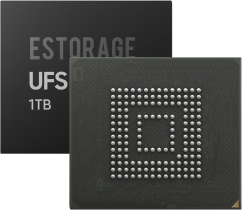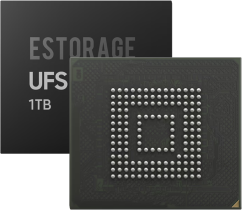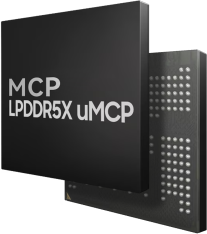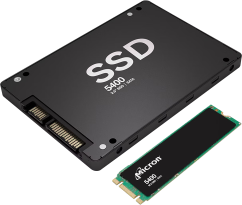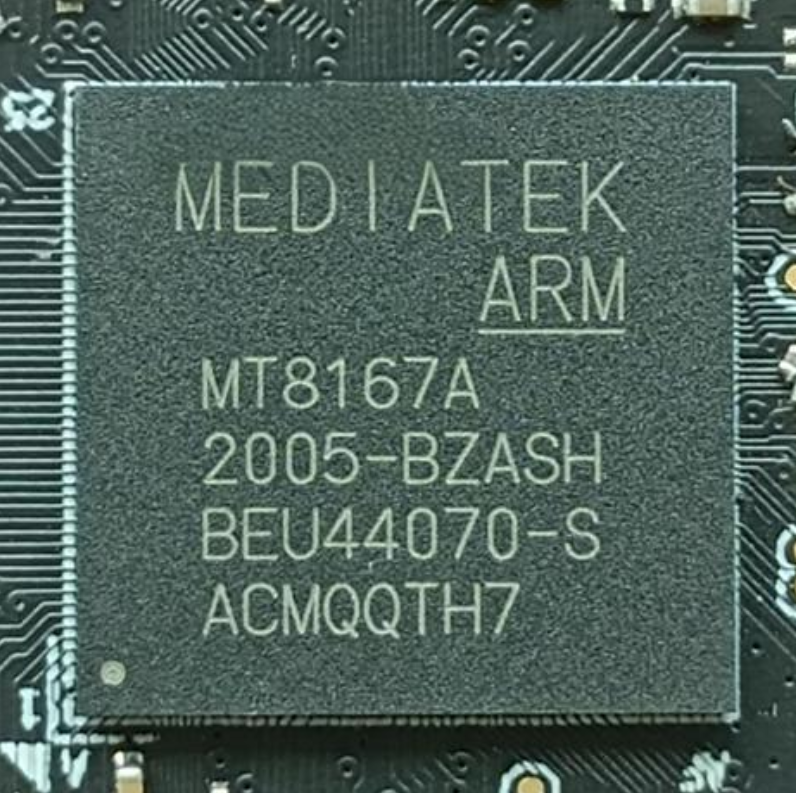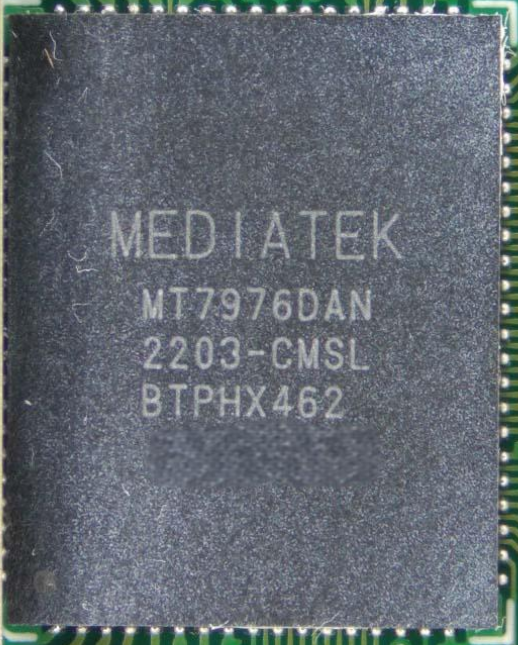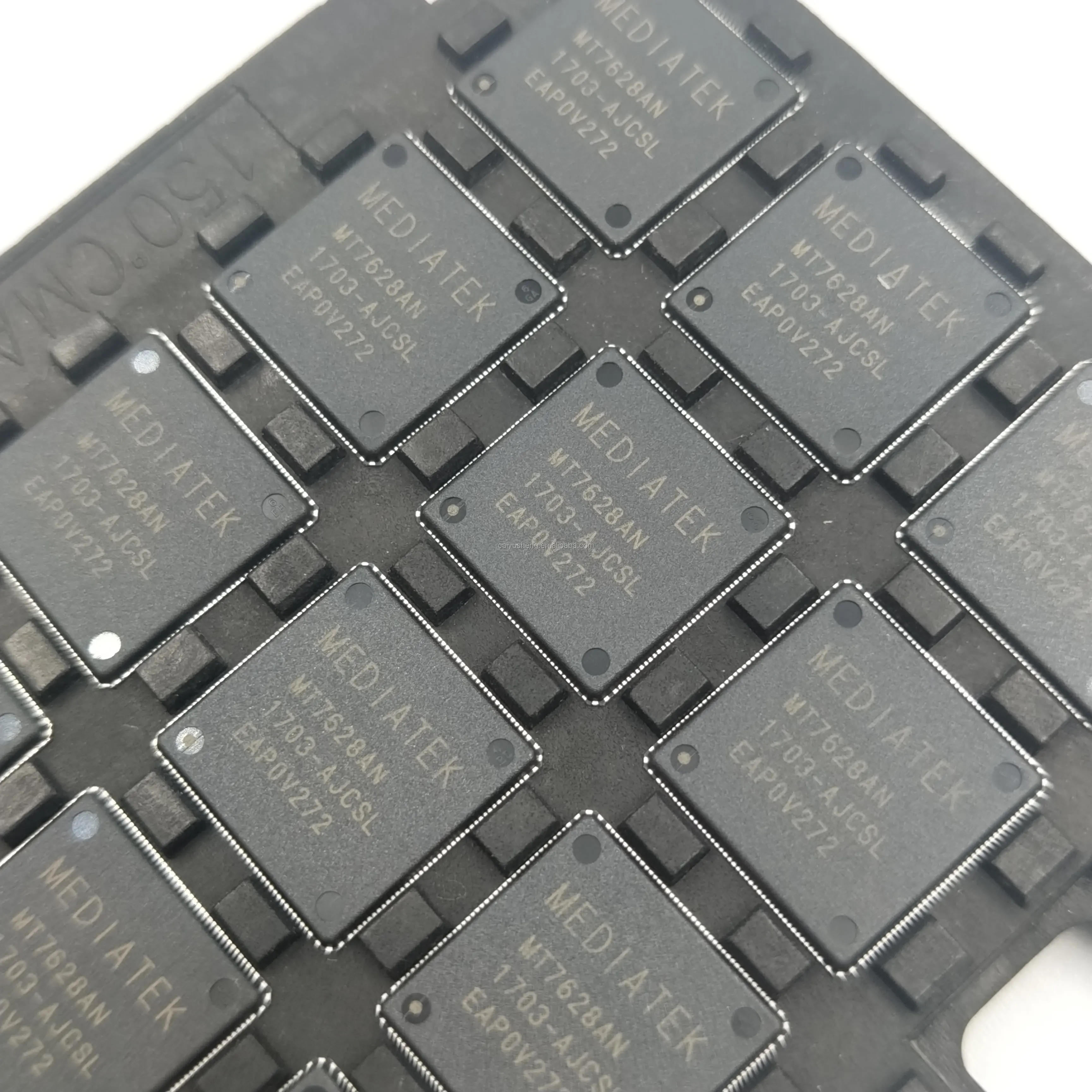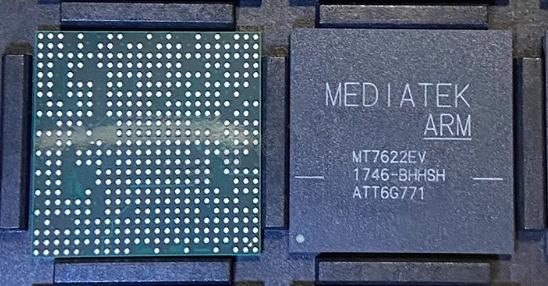Product Description
The MT2700 is a highly capable GPS receiver chip from MediaTek, designed to meet the needs of real-time location tracking in a wide range of applications. By supporting multiple GNSS constellations, including GPS, GLONASS, and BeiDou, the chip ensures enhanced signal availability and stronger accuracy in both outdoor and indoor environments. This multi-constellation support is particularly valuable in urban and remote areas where traditional GPS-only receivers may experience reduced performance due to signal interference.
A key feature of the MT2700 is its high sensitivity, which ensures strong satellite signal acquisition even in environments with weak or obstructed signals. Whether in dense urban environments or rural areas with limited visibility of the sky, the MT2700 can continue to deliver reliable positioning data. This makes it well-suited for a variety of devices that require continuous location tracking, such as navigation systems, wearables, fitness trackers, and asset management solutions.
With low power consumption at its core, the MT2700 is designed for battery-powered devices. This is particularly important for smartphones and wearable devices, where users expect long battery life. The MT2700 supports various low-power modes, which help extend battery life without compromising positioning accuracy or signal reliability.
The chip also offers a fast time-to-first-fix (TTFF), allowing for rapid satellite acquisition, especially in cold start scenarios. The ability to obtain a location fix quickly is a significant advantage for applications such as real-time navigation and location-based services, where time is of the essence.
For added convenience, the MT2700 supports A-GPS functionality, allowing it to leverage external network assistance (e.g., cellular networks or Wi-Fi) to improve the satellite acquisition time and maintain location accuracy in challenging environments where direct GPS signals may be weak or unavailable.
The MT2700's real-time tracking capabilities are further enhanced by its ability to provide high-frequency position updates (up to 10 Hz). This makes it suitable for dynamic applications, such as fitness monitoring, vehicle tracking, and fleet management, where users need accurate and frequent updates of their location.
Additionally, the chip includes built-in features like an integrated Low Noise Amplifier (LNA), which helps improve signal strength and ensures reliable performance even in challenging reception environments. The MT2700 also offers seamless integration with a variety of systems through flexible interface options, including UART, I2C, and SPI.
In summary, the MT2700 is a versatile and high-performance GPS receiver chip that delivers reliable and accurate location data across multiple GNSS constellations. It is an excellent choice for applications that require real-time tracking, fast satellite acquisition, and low power consumption, such as automotive navigation, fitness devices, smartphones, and IoT solutions. With its combination of advanced features and flexible integration options, the MT2700 is an ideal solution for a wide range of GPS-based applications.
Specification
GNSS Support:
Multi-GNSS: GPS, GLONASS, and BeiDou.
Simultaneous satellite tracking from multiple constellations for greater positioning accuracy and reliability.
Positioning Accuracy:
Horizontal accuracy: Typically 2.5 meters (under ideal conditions).
Vertical accuracy: Typically 5 meters.
Power Consumption:
Active current consumption: Approximately < 35mA during GPS tracking.
Low-power modes: Sleep mode and standby mode for power efficiency.
Time to First Fix (TTFF):
Cold start: Typically < 45 seconds.
Warm start: Typically < 30 seconds.
Hot start: Typically < 1 second.
Position Update Rate:
Supports up to 10 Hz for high-frequency real-time updates.
Interfaces:
UART, I2C, and SPI interfaces for integration with various systems and microcontrollers.
Built-in Low Noise Amplifier (LNA):
Integrated LNA for improved signal reception in weak signal environments

